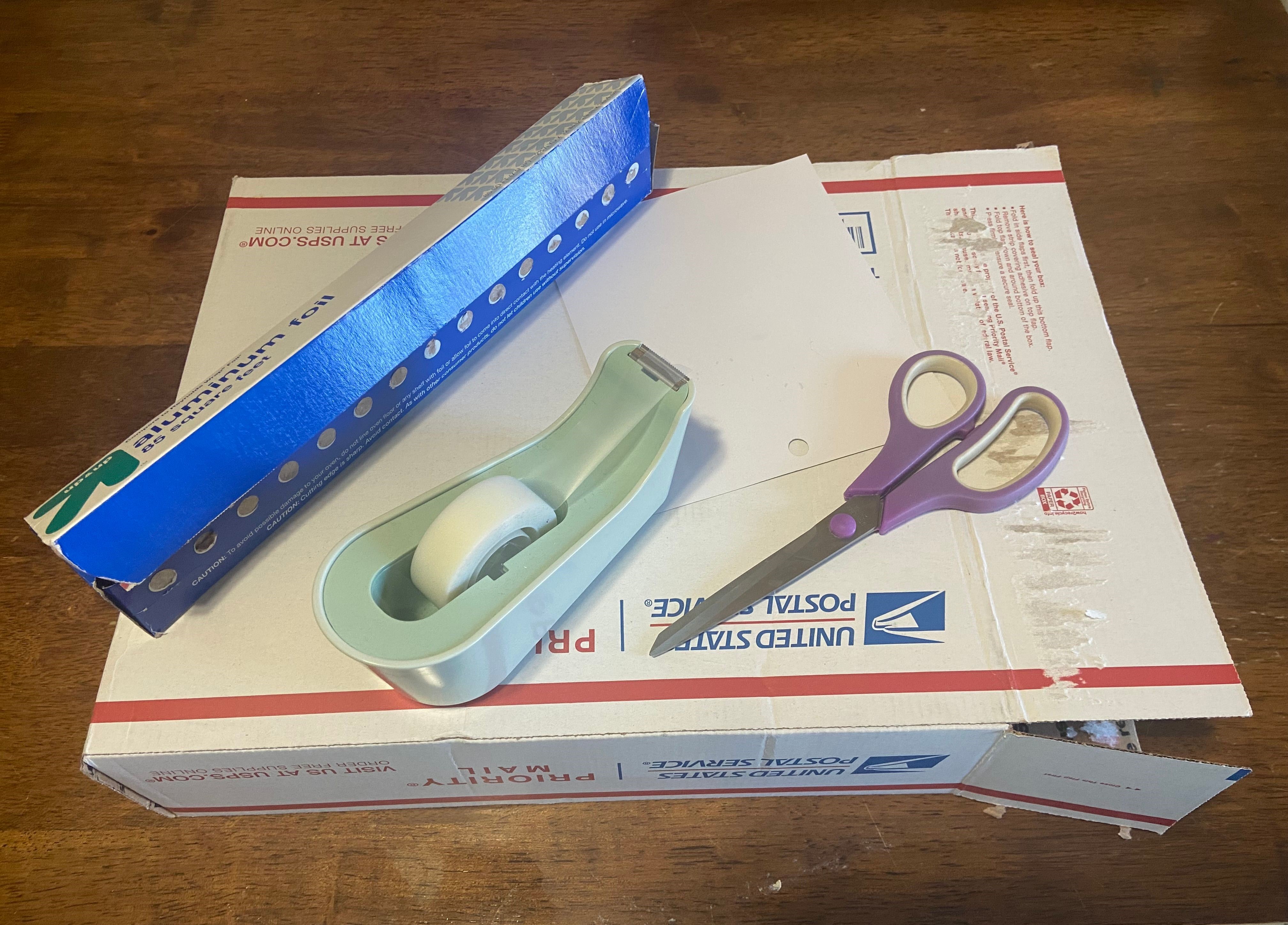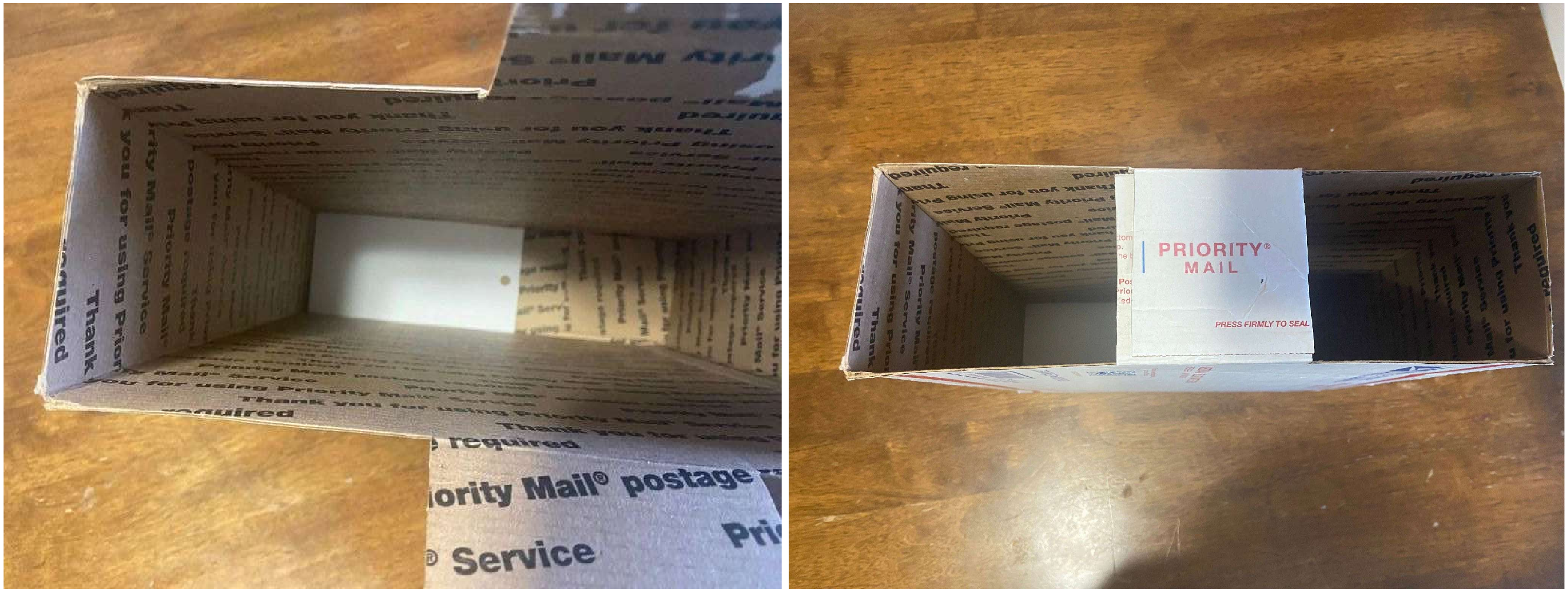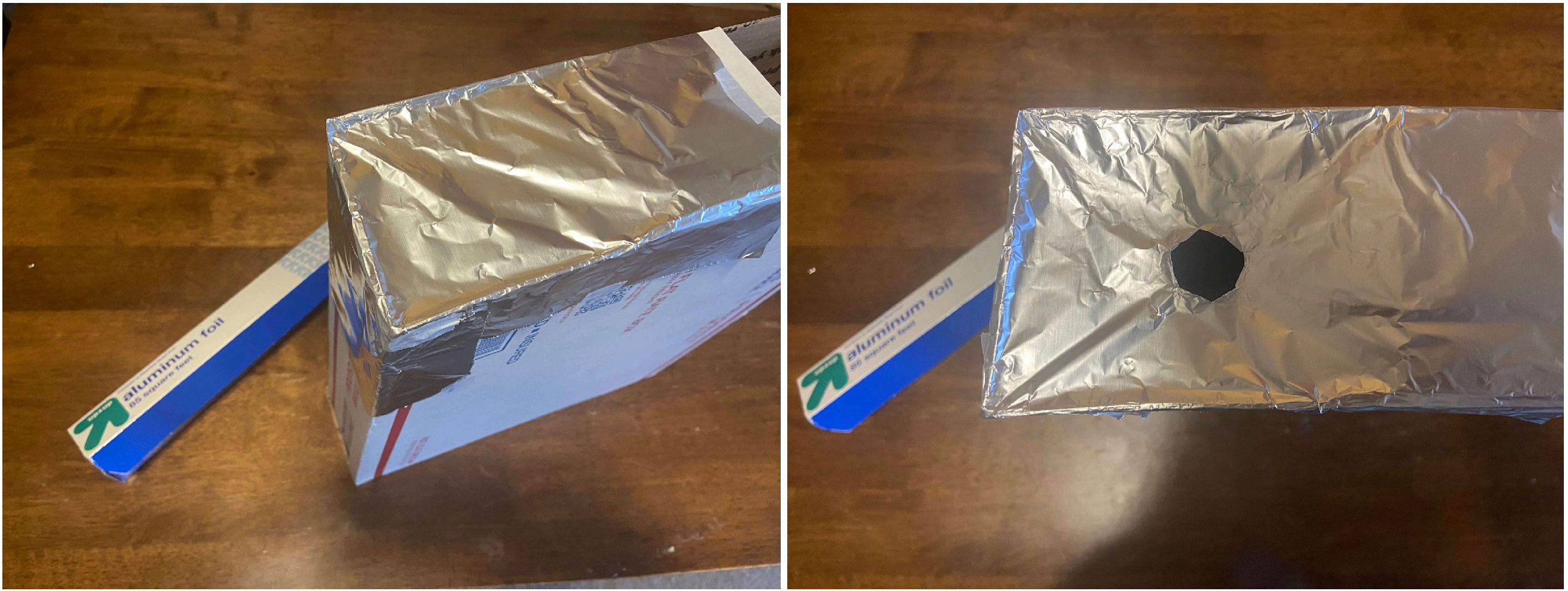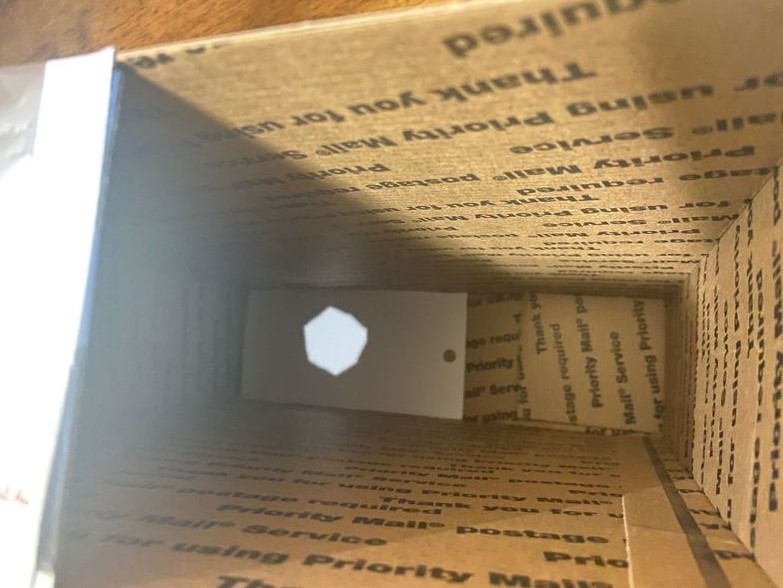How to make your own solar eclipse viewer at home
We have just 14 days left in the countdown to the Great American Eclipse! You've still got some time to get your plans in order, but it's important to know that viewing the eclipse safely takes some prep work.
This is your last chance to catch a total solar eclipse in the United States until 2044. If you plan to take advantage of this rare opportunity, you’ll need to take a few precautions to view the eclipse safely.
First things first, never look directly into the sun, even with sunglasses on - you can burn your retinas. You can purchase approved solar eclipse glasses from a variety of different locations, but you can also turn your viewing experience into a DIY project.
To make your own eclipse viewer at home, here’s what you’ll need:
- Cereal box or similar
- Heavy duty aluminum foil
- White cardstock or heavy-duty paper
- Tape or glue
- Scissors
- Pen or pencil
The first step is to cut 2 holes in the box on the opening side. Then tape or glue the white cardstock to the bottom of your box opposite one of the holes you cut in the box's opening.
Cover one of the holes you cut out - the one over the white cardstock - with heavy duty aluminum foil. When the foil is secure, poke a hole in the foil using a pen or pencil.
When the eclipse comes, face the viewing side of the box away from the sun. Through the hole in the foil, the eclipse should play out on the white cardstock inside the box. You can watch the shadow of the moon passing in front of the sun through the other hole you cut in the box.
This method of eclipse viewing is regarded as one of the safest as it does not require looking toward the sun, but if you plan to use eclipse glasses instead, it’s important to make sure they’re legitimate. The best and easiest way to ensure you’re getting the real deal is to get your glasses from a reputable vendor, but you can also put them to the test using standards from the American Astronomical Society.


















